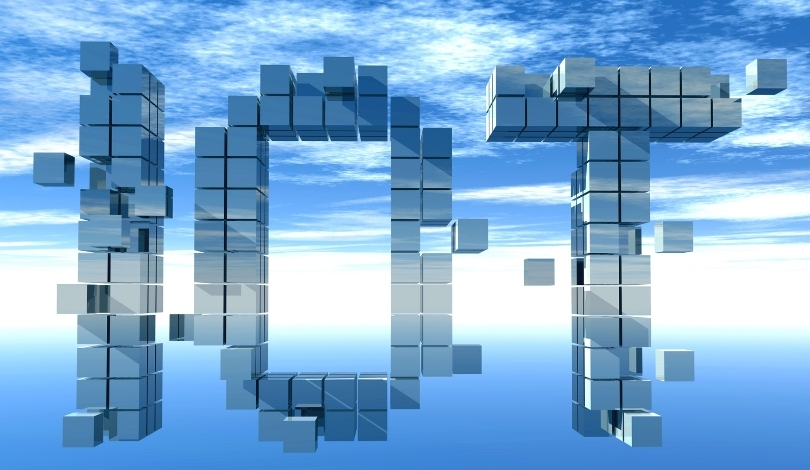OKI Electric Industry Co., Ltd. (OKI), a major player in Japan’s information and communications technology sector, has extended its efforts to enhance critical infrastructure monitoring with a new product range. The company’s Zero-Energy IoT Series leverages Sequans Communications S.A.’s Monarch LTE-M/NB-IoT platform for communication in locations where external electricity supply and traditional network coverage are lacking. As more disasters and extreme conditions threaten remote and sensitive areas, demand grows for systems that can reliably collect and transmit valuable environmental data. With this initiative, OKI seeks to address the challenge of persistent monitoring without contributing to energy consumption concerns, aiming to improve early warning and disaster response protocols.
Several months ago, OKI introduced energy-harvesting sensor technologies but operated them mostly for localized experiments and controlled pilots. Other technology providers have also trialed IoT monitoring tools, though energy supply limitations hindered practical usage. The partnership with Sequans marks a departure from trials by combining advanced power management with scalable, global connectivity. Unlike earlier devices limited to proprietary networks or constrained by battery demands, this solution strives to both extend operational longevity and lower maintenance costs for infrastructure operators.
What makes the Zero-Energy IoT Series different?
The Zero-Energy IoT Series adopts renewable energy sources to run remote sensors, eliminating the need for replacement batteries or wired power. Built for ruggedness, these devices withstand challenging environmental conditions, such as those found in disaster-prone or remote industrial areas. The products are intended to deliver real-time data continuously, supporting rapid situational updates for clients ranging from public agencies to private infrastructure managers.
How does Sequans Monarch support reliable connectivity?
Sequans’ Monarch platform allows devices to access cellular LPWA (Low Power Wide Area) networks across multiple continents, including Europe, North America, and Asia-Pacific markets. The system’s energy-efficient design means sensors remain operational over extended periods with minimal input power. This characteristic is fundamental for reliable communication in sites where consistent energy is difficult to access.
“Among these, Sequans’ Monarch platform stands out for its ultra-low power consumption, high reliability, and strong global track record—making it the optimal choice, especially for our overseas deployments,”
explained Takashi Inoue, Executive Officer and Head of Component Products Division at OKI.
What do the companies say about this collaboration?
The companies highlighted their shared focus on addressing the unique challenges of disaster zones and critical infrastructure.
“We are honored that OKI has chosen our flagship low-power Monarch technology to enable reliable communication for monitoring critical infrastructure and disaster zones,”
stated Georges Karam, CEO of Sequans. Both companies pointed to the synergy between robust energy management and secure, persistent connectivity as key to enabling new monitoring capabilities in difficult environments.
Deploying this technology may encourage a wider adoption of energy-autonomous IoT solutions across government, humanitarian, and industrial segments. Readers can note that the combination of OKI’s zero-energy approach and Sequans’ communication platform brings scalable options for operators working in places where energy and connectivity are scarce. Considering that unpredictable weather and disaster events increasingly disrupt infrastructure, continuous low-maintenance monitoring becomes essential for safety and timely interventions. Decision-makers evaluating such systems should focus on the balance between coverage reliability, energy autonomy, and the practicality of long-term deployments for environmental and infrastructure applications.










